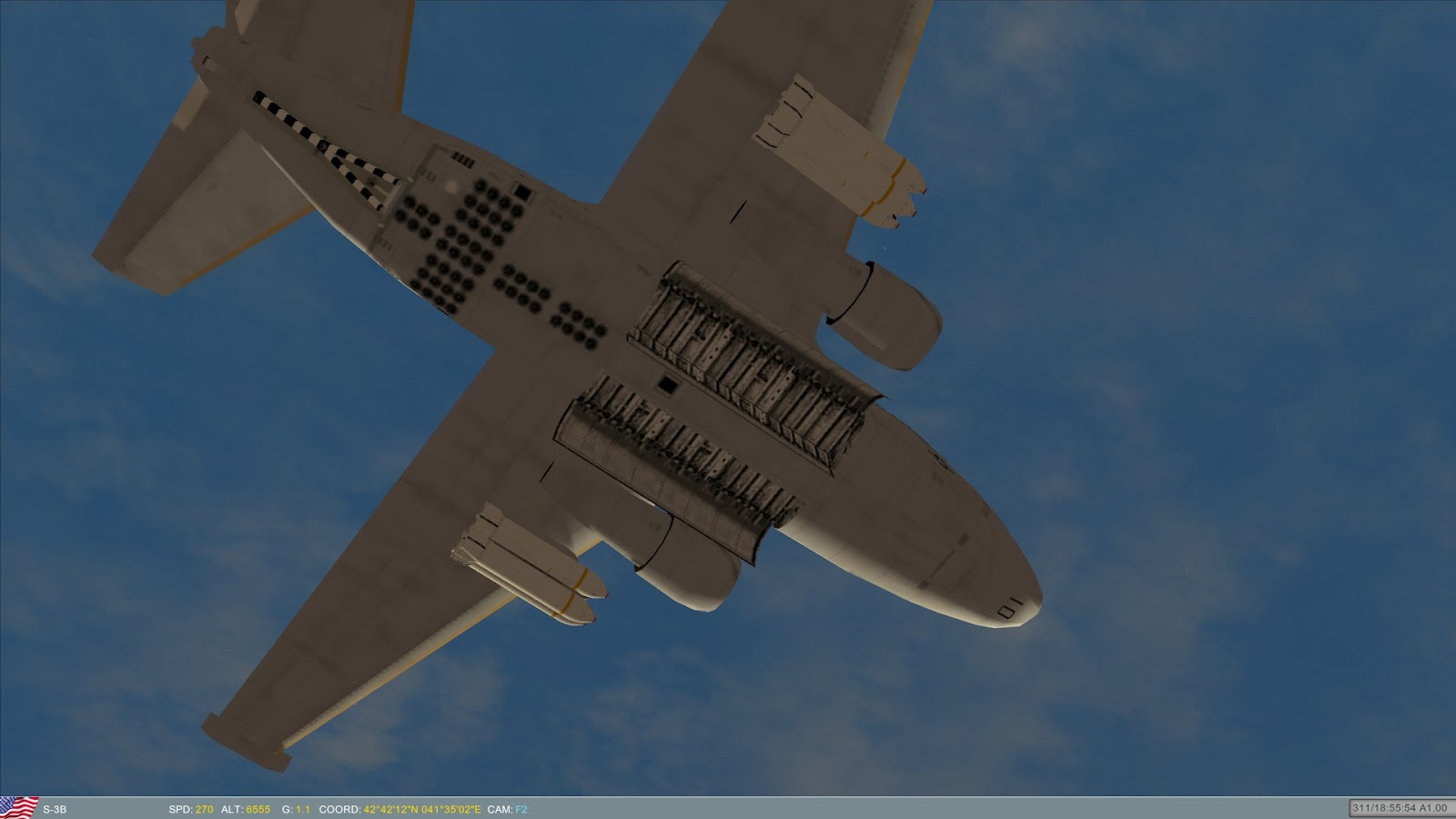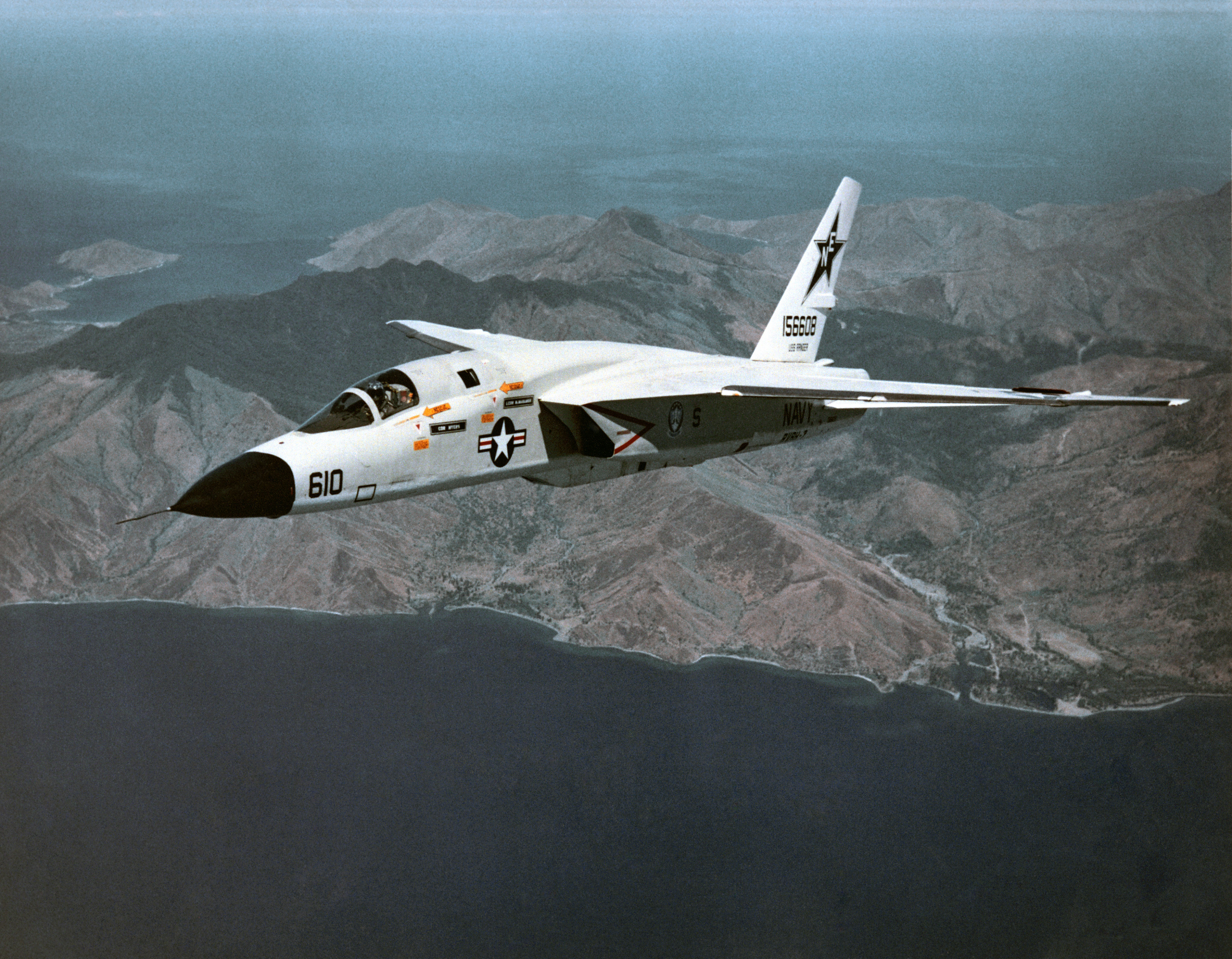I trawled around the internet but no one seems to be able to give a straight answer on this.
Well, for the sake of getting this on the Aircraft Carriers II thread because it is quite an important thing for all STOVL carriers, and to answer your question, here goes.
Watch this video a USMC active F-35Bs exercising at the MCAS in Yuma, AZ this year.
At 43 seconds you see an F-35B hovering. At 49 they zoom out to show another F-35B landing while it hovers. At 56 seconds they zoom out again and then that hovering F-35B flies away horizontally. So yes, they can do it.
[video=youtube;b_gvYGwsfPE]http://www.youtube.com/watch?v=b_gvYGwsfPE[/video]
The aircraft is billed and designed to be a STOVL (Short take-off, vertical landing) which is primarily what the harriers do. Vertical take-off and then transition to horizontal flight from that hover takes too much fuel...but that does not mean it cannot do it.
Here's another video showing USMC test aircraft operating off of the USS Wasp during aircraft qualifications for the F-35B aboard ship. Here you will see horizontal flight transitioning to vertical (which obviously means that if they can do that, the can also do the other), and also short take off rolls from the Wasp.
[video=youtube;Ki86x1WKPmE]http://www.youtube.com/watch?v=Ki86x1WKPmE[/video]
Now, they will not normally go vertical take-off to horizontal flight because, as stated pure vertical take-off and then transitioning to horizontal flight eats up too much fuel...but there will be times they have to do it, either because of recovery to someplace near the front where they do not have the room to roll (either landing or take-off) because of battle damage or some other reason.
Hope this helps




